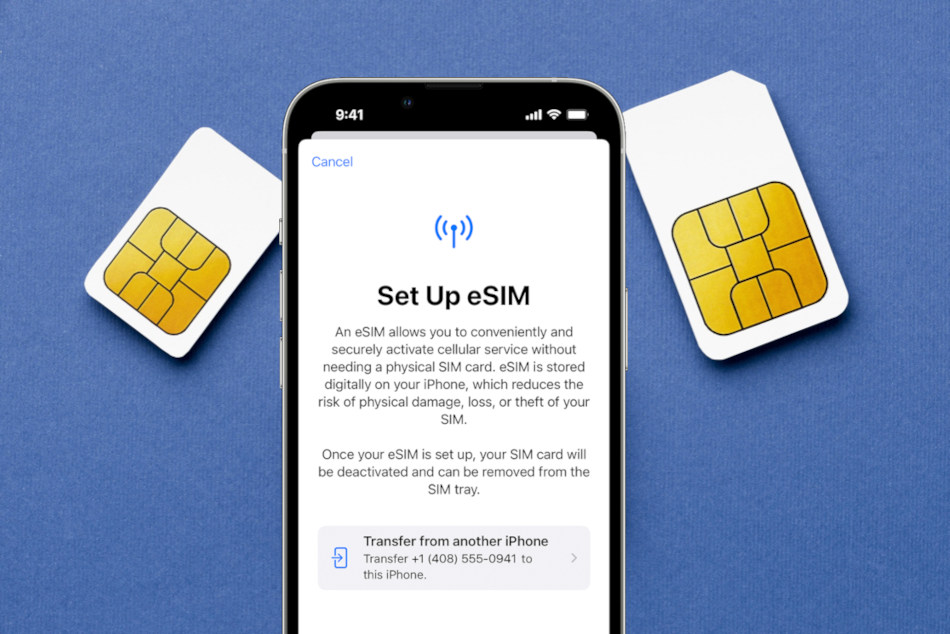
The Resurgence of eSIMs: A Shift in Mobile Technology Paradigm with the iPhone 14 Leading the Way
The eSIM Revolution Gains Momentum as Apple Goes eSIM-Only in the US, Prompting Android to Catch Up
NEWS Smartphones January 11, 2024 Reading time: 2 Minute(s)
Apple's latest iPhone 14 has taken center stage by going entirely eSIM in the United States. While eSIM support has been present in various smartphones, it has always coexisted with physical SIM cards, offering users a choice between the two. However, Apple's bold decision to embrace eSIM-only functionality signifies a significant shift, raising the bar for Android to keep pace and ensure its users have seamless eSIM experiences.
The eSIM conversion process is a standout feature introduced by Apple, allowing users transitioning from older iPhones with physical SIM cards to the latest eSIM-only devices like the iPhone 14 and iPhone 15. iOS streamlines the transition by prompting users to convert their physical SIM to an eSIM, eliminating potential variations in carrier experiences and providing a consistent and predictable flow across iPhones.
Google, recognizing the importance of this functionality, is actively working on a comparable solution for Android. The "Convert to eSIM" option, initially glimpsed in Android 14 Developer 1, has made its way into the latest Android 14 QPR 2 Beta 3, positioned at the bottom of the SIM card settings. Although currently non-functional, this feature is poised to empower Android users to convert their physical SIMs to eSIMs directly within the operating system, mirroring the convenience offered by iOS.
Notably, the Android implementation differs from iOS in terms of flexibility. iPhones without physical SIM slots can only perform the conversion during setup, specifically when migrating from an older iPhone with physical SIM support. In contrast, current-generation Pixel phones and most Android flagships accommodate both physical SIMs and eSIMs, allowing users to undertake the conversion at any time, not just during the initial setup.
The Pixel 8 series has already taken a step in this direction by enabling users to migrate eSIMs from older Pixels, albeit limited to T-Mobile and Deutsche Telekom in Europe for now. As this feature evolves, there is anticipation that it will encompass a broader range of carriers, making the entire eSIM chain of features more inclusive and versatile across Android devices.
COVER IMAGE BY FREEPIK
*Our pages may contain affiliate links. If you buy something via one of our affiliate links, Review Space may earn a commission. Thanks for your support!
CATEGORIES

























COMMENTS